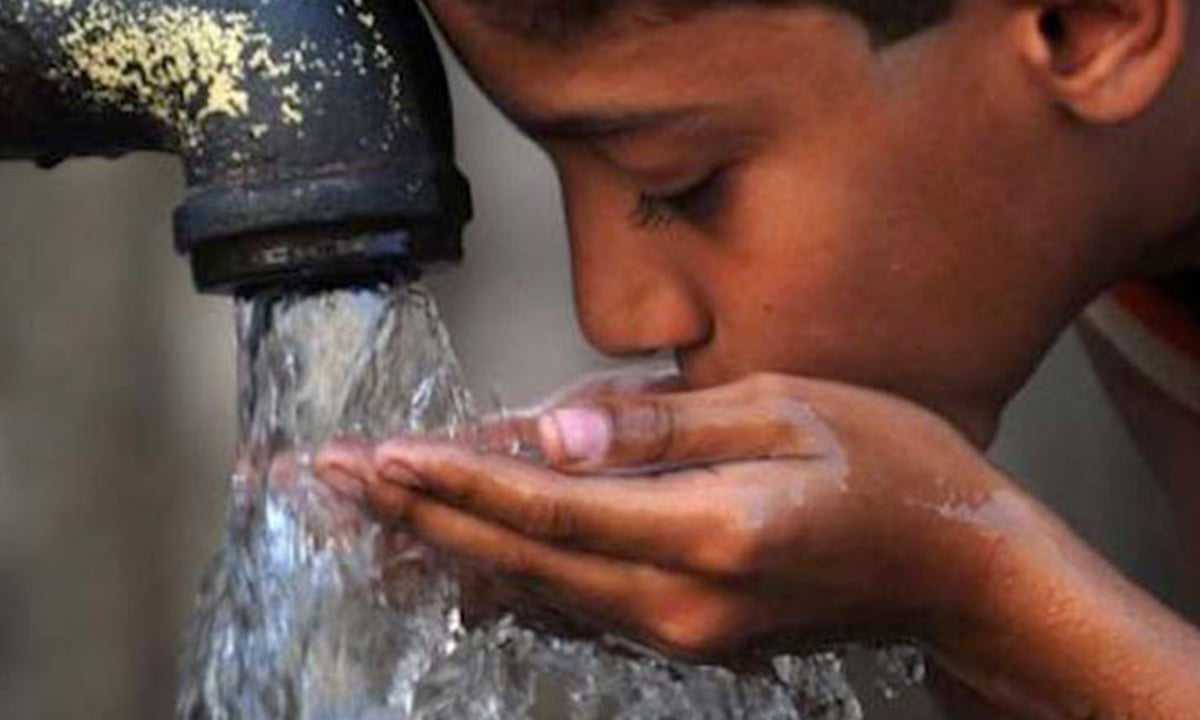Enviro Research Group
Pathogenic viruses causing a variety of diseases such as gastroenteritis, poliomyelitis, and hepatitis can survive and be transmitted through various environments (water, sewage, soil, air, surfaces, and fomites). Water-born diseases spread in the communities by contaminated drinking water with the urine and faces of infected animal or people. The results of virus surveillance reflect the properties of virus circulating in the community. It assesses the potential risk of infection from the environment and food. In developing countries, which have poor sewage and drinking water systems, detection of viruses in a common practice. Therefore, a risk assessment study for wild or virulent-type vaccine derived viruses would be epidemiologically important. Thus, the properties of isolates from sewage and rive water would reflect those of viruses excreted from humans which are a source of virulence, and have potential to be causative agents of different diseases. The adenovirus is considered a pathogen and is a member of a larger group of enteric viruses, which includes hepatitis A. When ingested, enteric viruses may attack the gastrointestinal track or the respiratory system, sometimes fatally. More typically, infection causes sore throat, diarrhea, fever and nausea. There are more than 100 viruses found in human waste that can survive for as long as 130 days in sewerage water. None of these are routinely tested by any health officials.
The key advantage of testing for the adenovirus is that it definitively shows that human waste is contaminating water. Standard bacterial counts do not distinguish waste from animals and people. As a result, rivers that meander through wilderness may show misleadingly high bacteria counts while streams through sub-urban neighborhoods may contain dangerous human pathogens even though bacterial counts are normal. Distinguishing human and animal pathogens is crucial because it is human pathogens that generally pose the greatest health risk for people.
Group members: 14
Lab members
I. Phd students 02
II. Ms students 07
III. BS Honor 04
RA 01
Current projects:
Oncolytic polioviral therapy for the treatment of prostrate
cancer in Pakistan. (Co-PI – 3.24M)
Research funding:
HEC
Selected Research Publications:
1. Ahmed A, Niazi MBK, Jahan Z, Ahmad T, Hussain A, Pervaiz E, Janjua HA, Hussain Z. In- Vitro and In-Vivo Study of Superabsorbent PVA/Starch/g-C3N4/Ag@ TiO2 NPs Hydrogel Membranes for Wound Dressing. European Polymer Journal. 2020:109650. IF: 3. 621
2. Mustafa P, Niazi MB, Jahan Z, Samin G, Hussain A, Ahmed T, Naqvi SR. PVA/starch/propolis/anthocyanins rosemary extract composite films as active and intelligent food packaging materials. Journal of Food Safety. 2019 Oct 28:e12725. IF: 1.66
3. Qammar, Z. Malik, F. Malik, T. Baig, Abdul J. Chaudhary. 2019. Antibacterial Activity of Mg 1-x(X=0.5) Nano-Solid Solution; Experimental and Computational approach. Journal of Molecualr Structure.1179:347-353. IF: 2.011
4. Ahmad T, Adnan F, Nadeem M, Kakar SJ, Anjum S, Saad A, Waheed A, Arshad N. Assessment of the risk for human health of Enterovirus and Hepatitis A virus in clinical and water sources from three metropolitan cities of Pakistan. Ann Agric Environ Med. 2018; 25(4): 708–713. IF: 1.126
5. Zainab, H., Hussain, Z., Khan, A. N., Liaqat, U., Niazi, M. B., & Baig, T. A. (2018). Preparation and Investigation of Ag Nanoparticles/TOPAS Nanocomposite Films for Packaging Applications. Current Nanoscience, 14(6), 538-544. IF: 1.306


